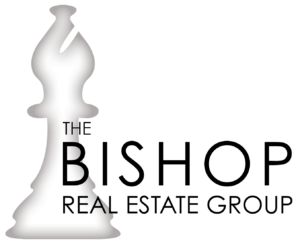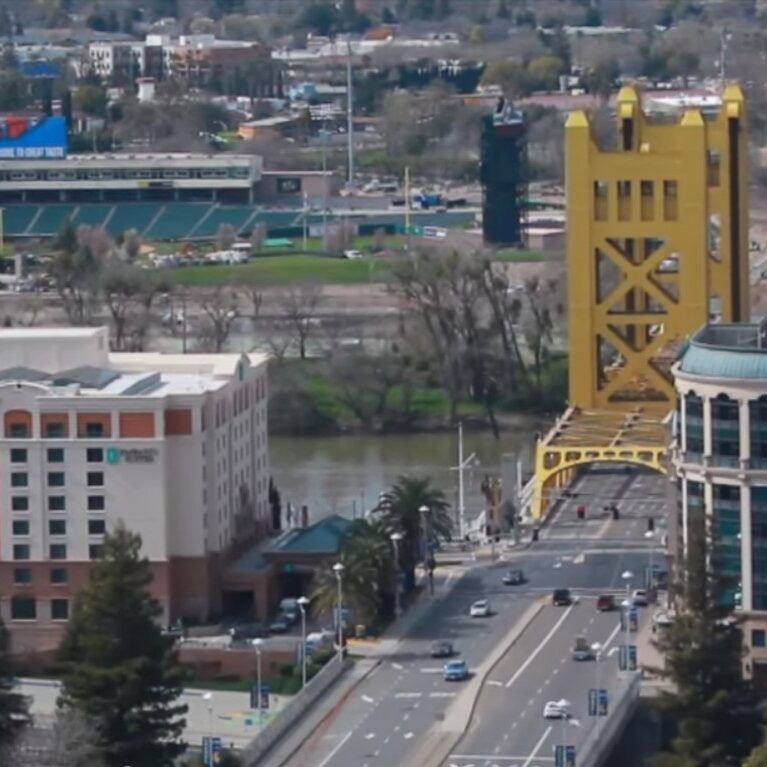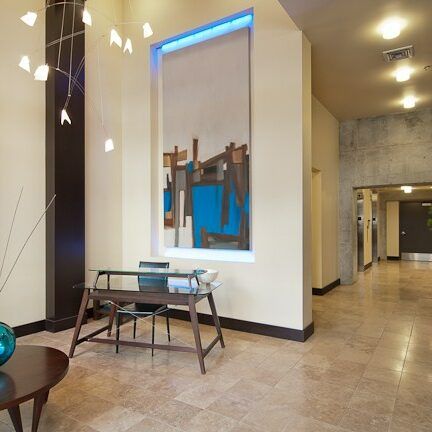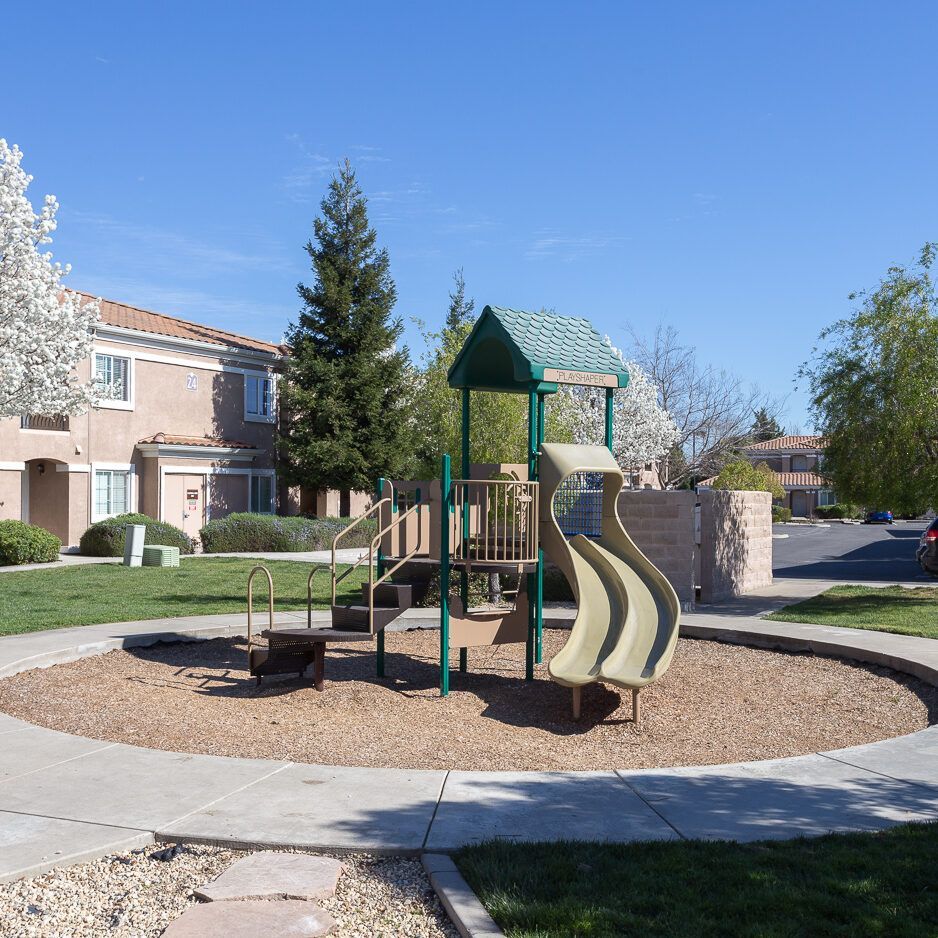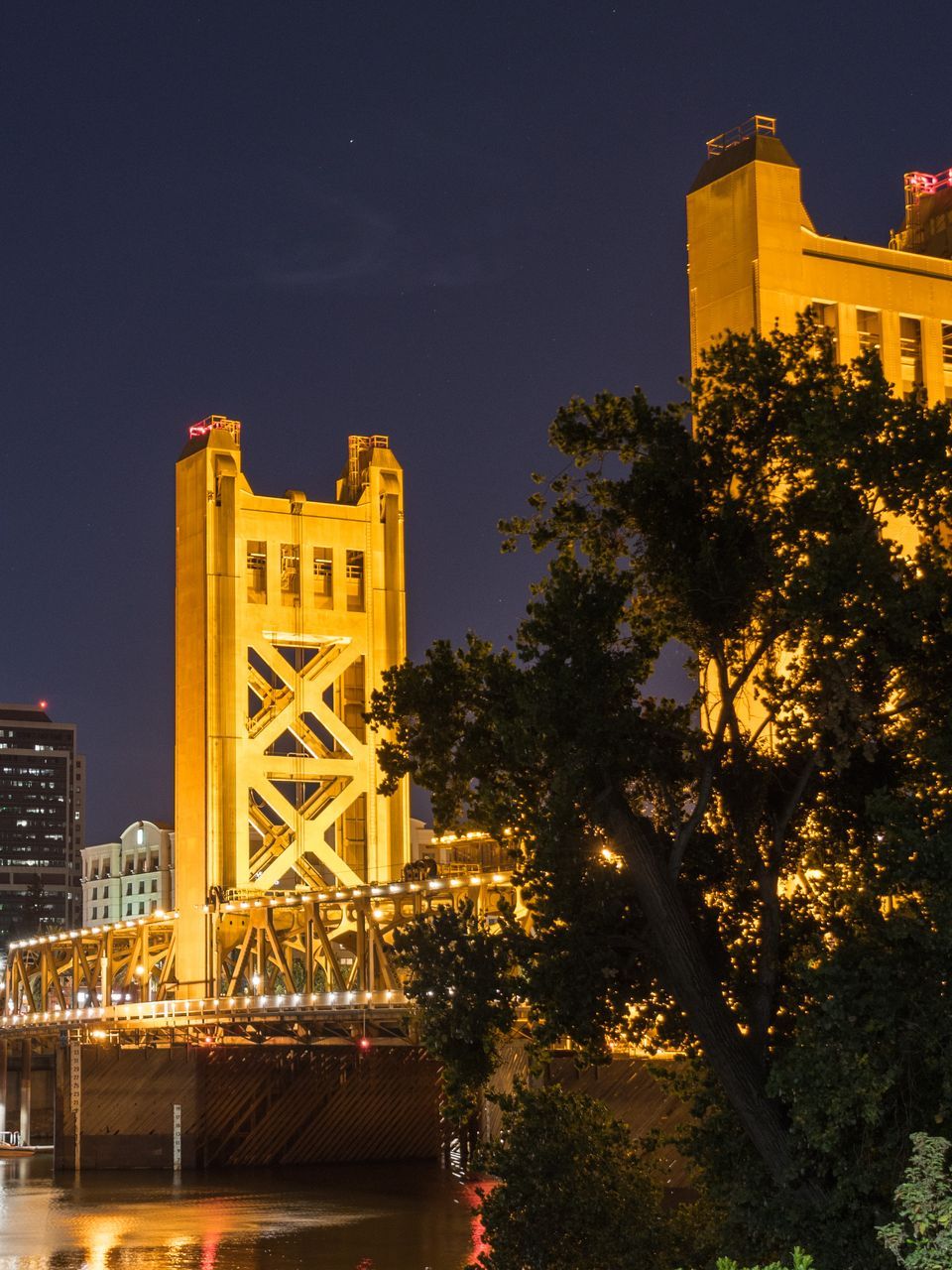
The city of Sacramento is one of the most historic cities in California. Residents and visitors enjoy Sacramento's diversity, recreational activities, landmarks, entertainment, social scene, parks, and unusually high number of trees within the city.
History:
Long before the Gold Rush consumed California, indigenous people inhabited the state, and the Sacramento area is no different. The Nisenan (Southern Maidu) and Plains Miwok Native Americans lived in the area for thousands of years, consuming acorns from the plentiful oak trees, before the first settlers made Sacramento their home.
The first explorer to reach Sacramento was Spanish explorer Gabriel Moraga in 1808. It wasn't until 1839, when John Sutter arrived with a Mexican land grant, that the area began to be developed. Sutter's Fort (which can still be seen today) was built the next year and called New Helvetia by Sutter and his people. The fort became a regular stop for immigrants passing through the valley. He opened a sawmill and owned 1,000 fruit trees, but it wasn't until gold was discovered in 1848 that the population began to explode. Sutter's son planned the city of Sacramento, which included 26 lettered and 31 numbered streets (today's grid from C St. to Broadway and from Front St. to Alhambra Blvd.).
The city charter was adopted in 1849, and on February 27, 1850, Sacramento became California's first incorporated city.
Despite the fact that the Sacramento Valley had a tendency to flood, fire devastation, and cholera epidemics, people still flocked to the area due to its proximity to Mother Lode, Coloma, and San Francisco. By the mid-1850s, Sacramento had become the capital of California.
Today, the remnants of Sacramento's history can still be seen throughout the city, and the capital building, finished in 1872 and home to the state's legislature, still stands as a beacon of Sacramento's history, progress, and accomplishment.
Location and Demographics:
Sacramento, the capital of California, covers 97.92 square miles in California's central valley, at the confluence of the American and Sacramento Rivers. It is located about 88 miles Northeast of San Francisco and 132 miles Southwest of Reno, Nevada.
As of 2015, the US Census estimates that the total population of Sacramento is 490,712, which has increased 5.2% since 2000. Sacramento is the 6th largest city by population in California and the 35th in the United States.
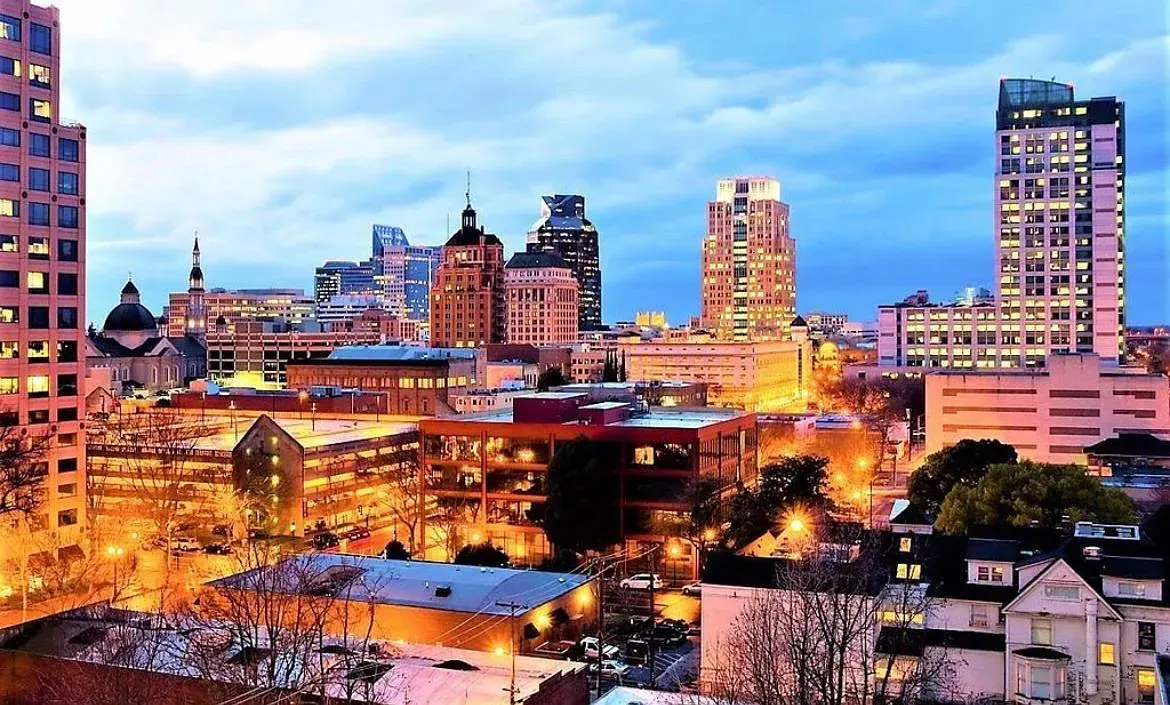
Sacramento has been the capital of California since 1854
Sacramento is one of six cities that California has called its capital. Monterey was the first capital city while California was under Spanish/Mexican rule. In 1849, the capital was moved to San Jose when California was admitted to the United States, then moved to Vallejo and Benicia in the span of a few years. The capital city was then moved to Sacramento in 1854. A huge flood in December 1861 forced the capital to temporarily be moved to San Francisco from January to May 1862 before moving back to Sacramento.
It wasn't until 1879 that Sacramento was named the permanent state capital.
Sacramento is also known as The City of Trees
There are over 450 varieties of trees in Sacramento. The only other city in the world with more trees is Paris, France.
Sacramento also has the nicknames River City, Sac Town, the 9-1-6, and the Camellia Capital of the World.
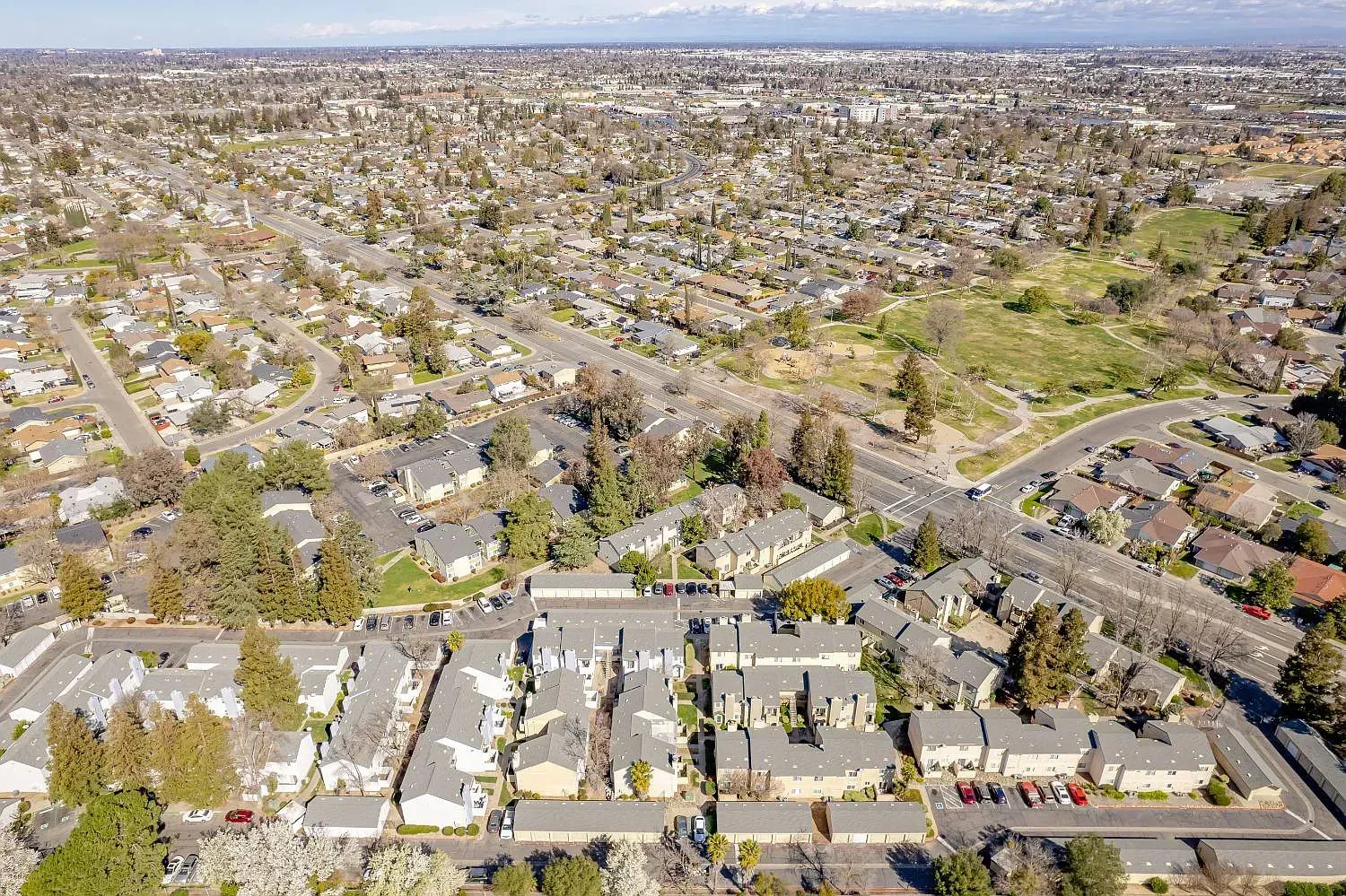
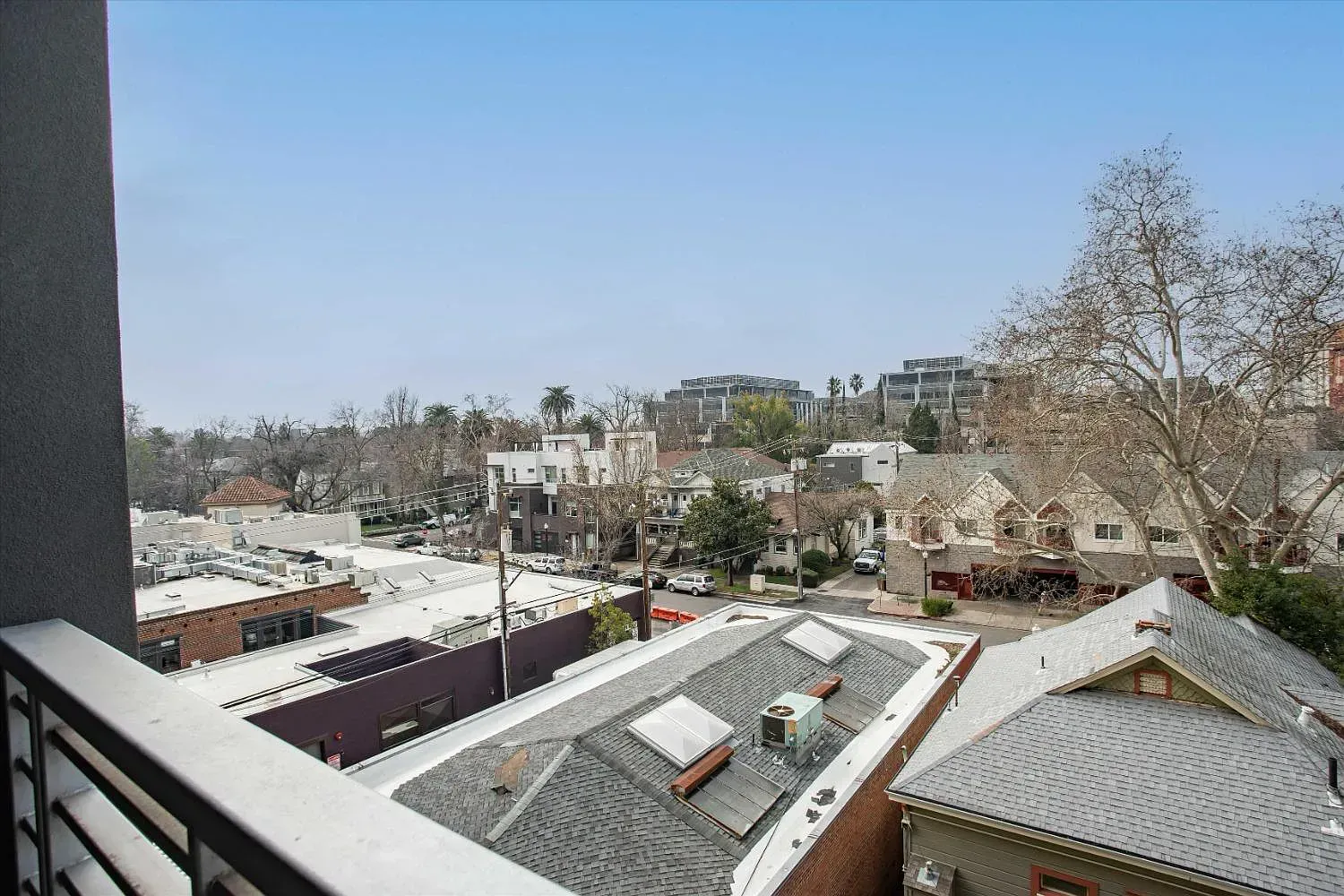
Sacramento was the last stop on the Pony Express
The Pony Express was a mail delivery system that enabled California to connect with the rest of the United States. Its route went from St. Joseph, Missouri, to Sacramento, California, with other stops along the way. In its heyday, it could deliver mail across the country in 10 days. In its brief tenure (19 months of operations), the Pony Express delivered about 35,000 letters from California to Missouri.
The hottest temperature on record is 115 degrees
Sacramento has its fair share of hot summer days, but on June 15, 1961, the temperature reached 115 degrees. The chilliest day on record was December 11, 1932, when the mercury dipped to 17 degrees.
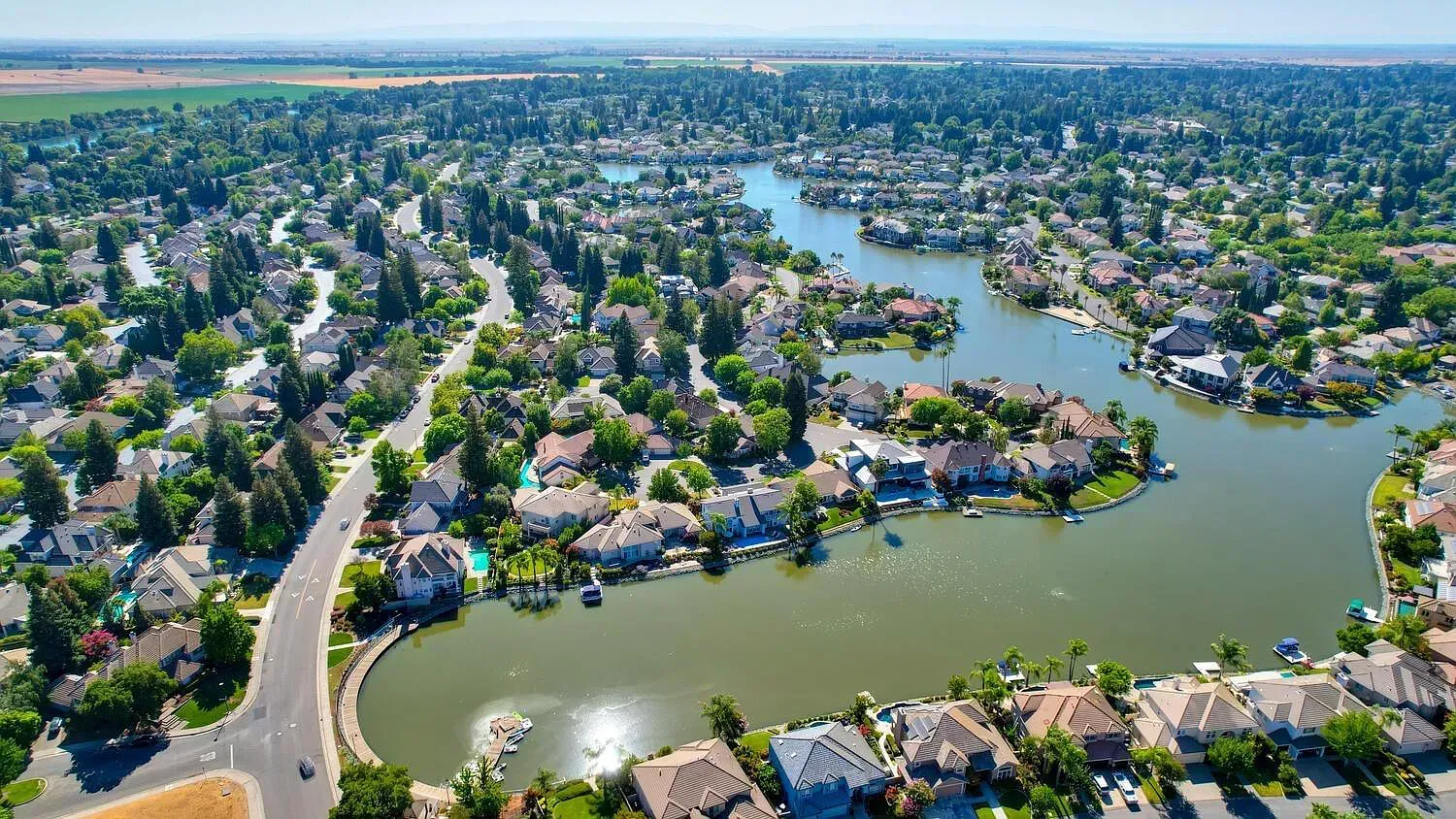
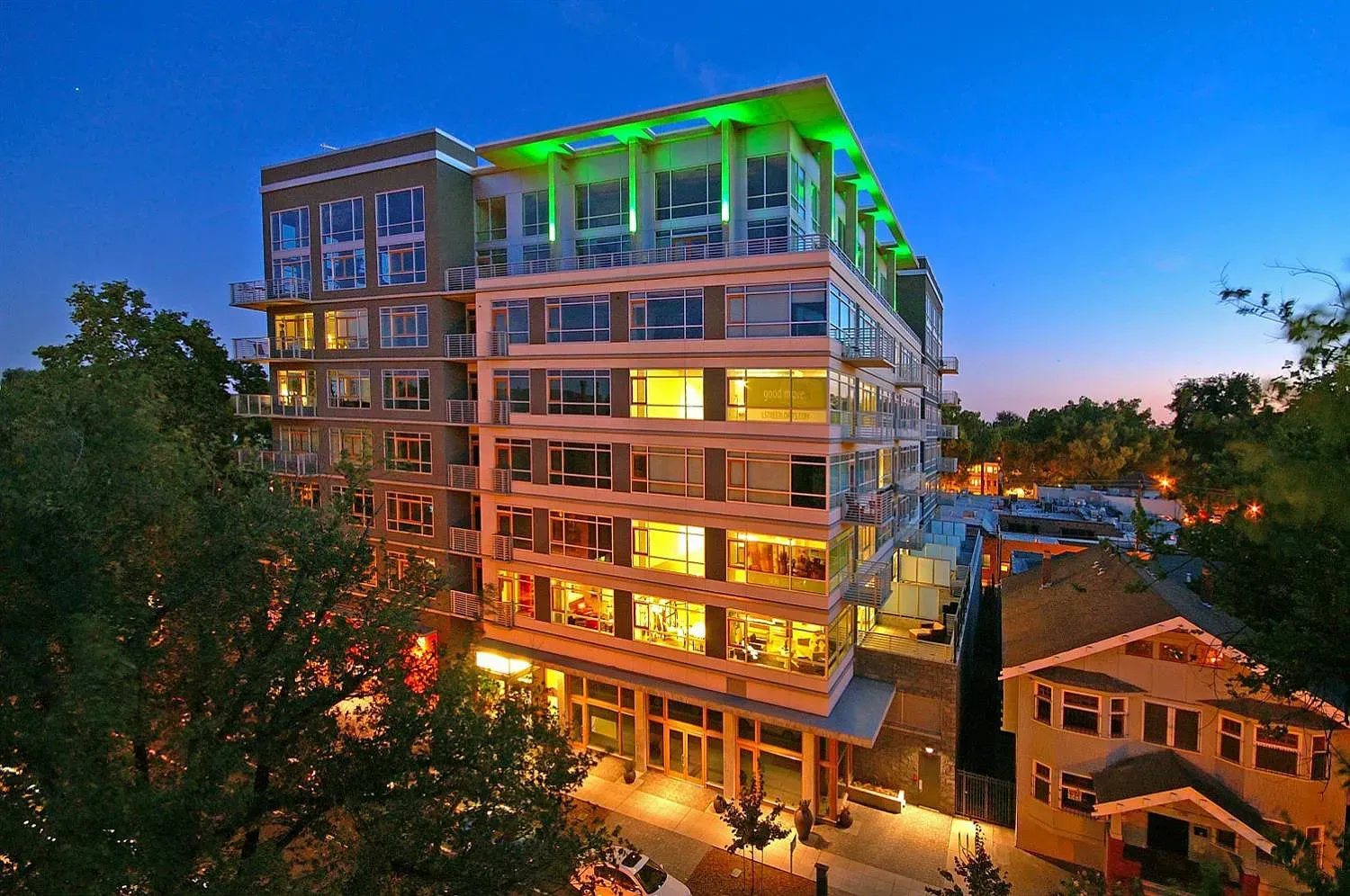
The newest NBA arena Golden One Center
Opened in 2016 and is the greenest stadium built. It is home to the Sacramento Kings and hosts a variety of concerts and shows.
Sacramento is largest processing plant of Almonds
Blue Diamond Almonds is headquartered in Sacramento and processes 12 million pounds of almonds a day during harvest.
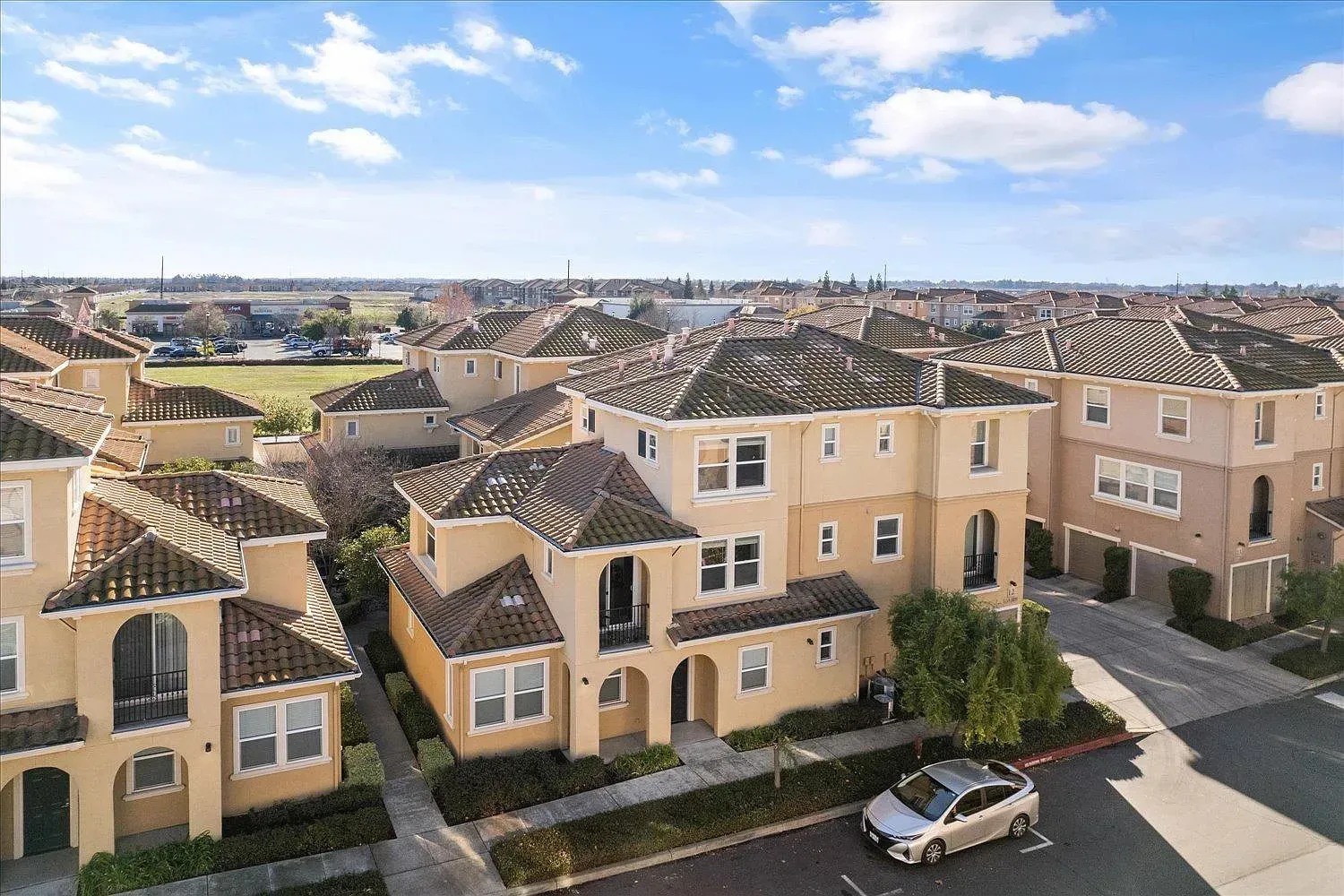
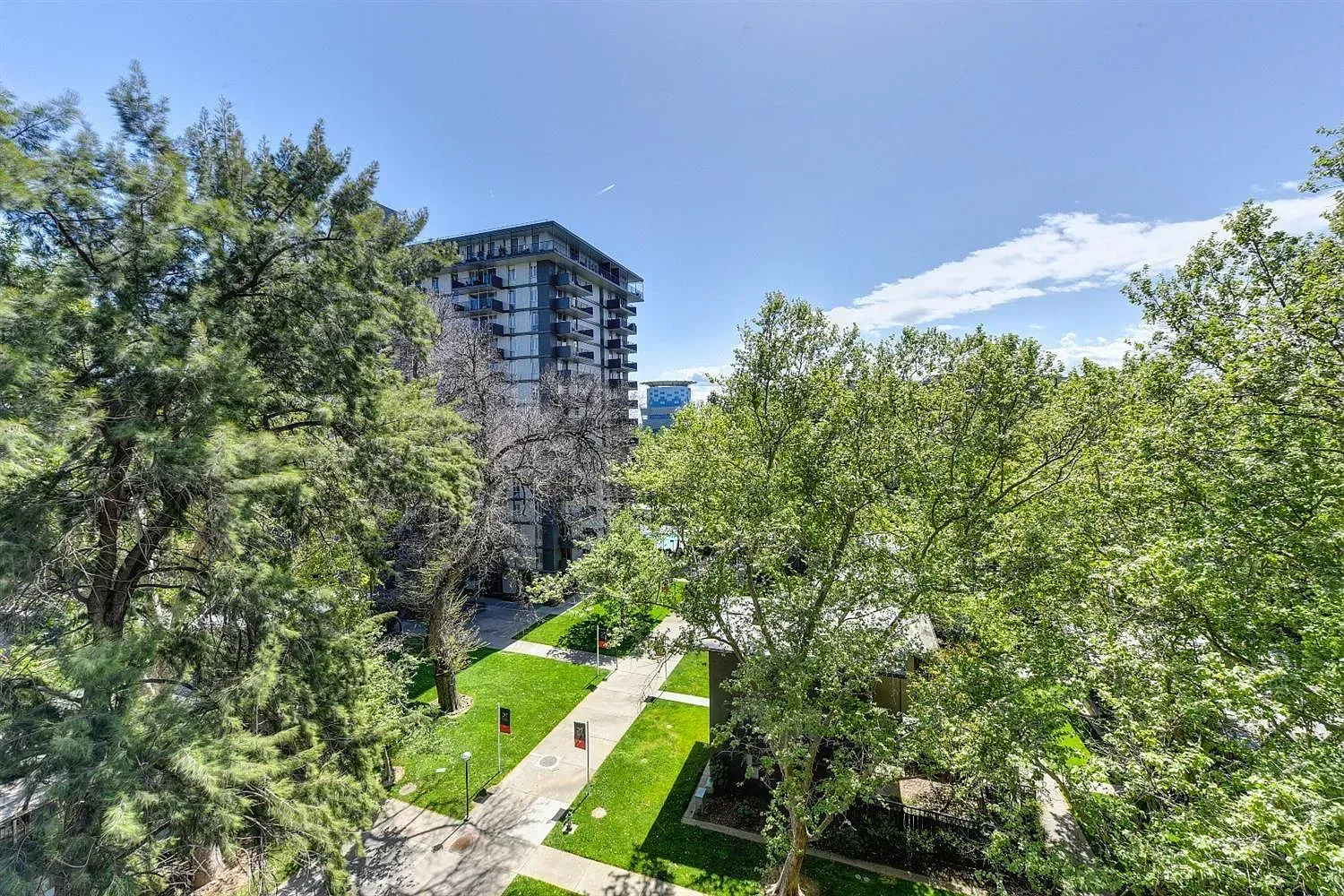
Sacramento's Namesake Santisimo Sacramento
The city was named after the Sacramento River, which got its name from Spanish cavalry officer Gabriel Moraga for the Santísimo Sacramento (Blessed Sacrament), referring to the Catholic Eucharist.
Sacramento is home to the longest Operating Art Museum in The West
The Crocker Art Museum originally opened in 1885, and it has been in operation ever since. A new museum was built in 2010 next to the original building, which is a California Historical Landmark and on the US Registry of Historical Places.
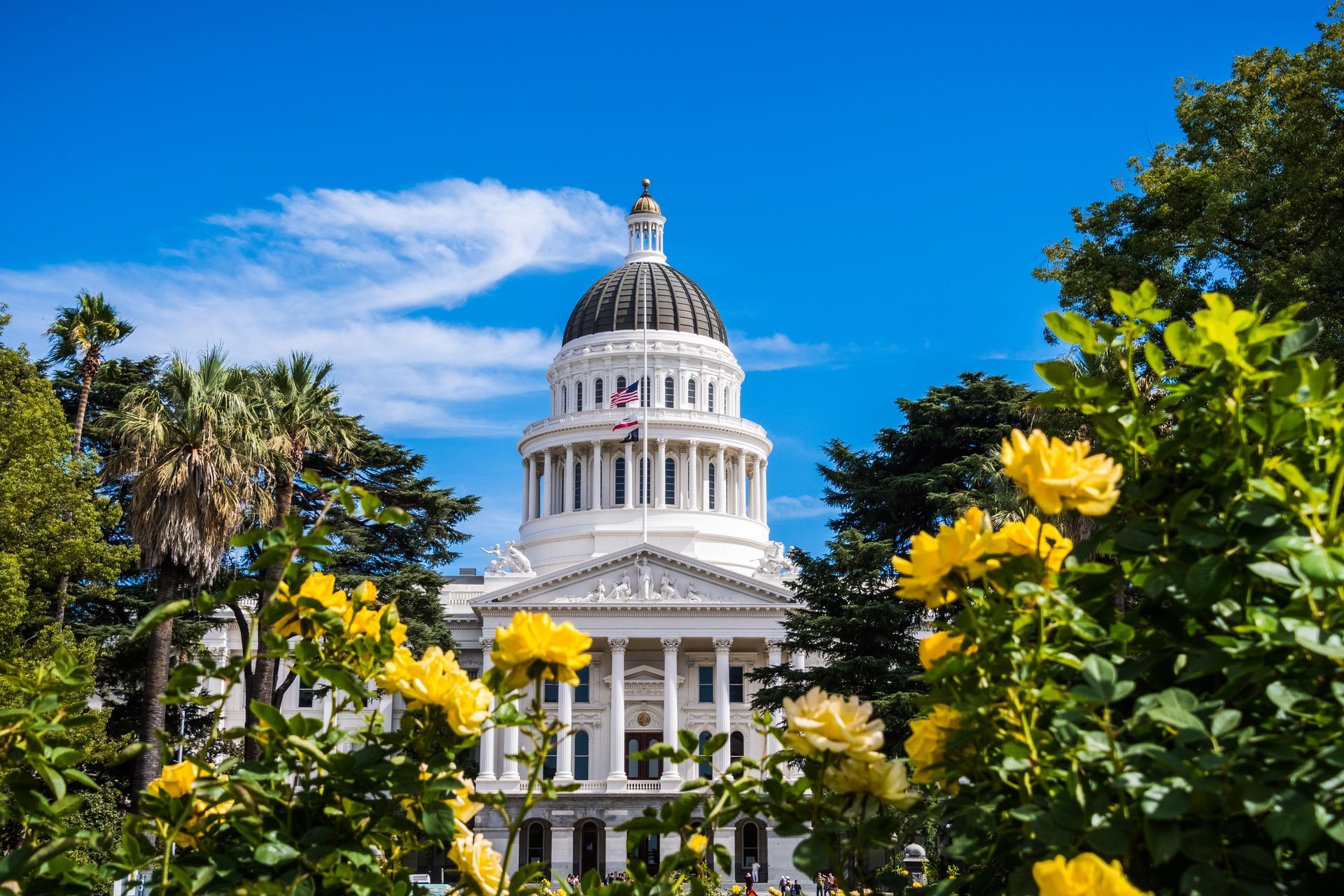
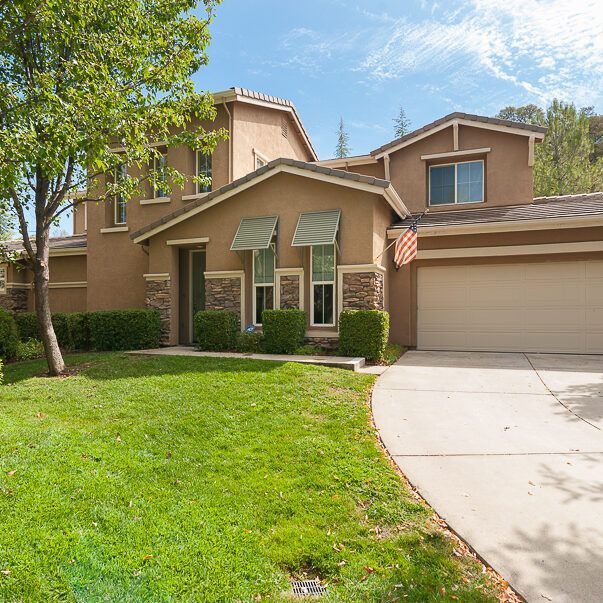
Real Estate in Sacramento
The Sacramento Real Estate market, like the city itself, offers a diverse range of housing options, from condos in the heart of downtown to luxury estates in the "Fabulous Forties" to $200k single-family residences. There is an estimated 193,173 housing units in the city, and of the non-vacant homes (about 173,000), 48% are owner-occupied while the other 52% are renter-occupied.
Education
The City of Sacramento is home to some top-notch public and private schools, ranging from kindergarten to university. Because of the size of the city, there are seven public school districts that serve Sacramento:
Additionally, there are 37 private schools within 5 miles of Sacramento.
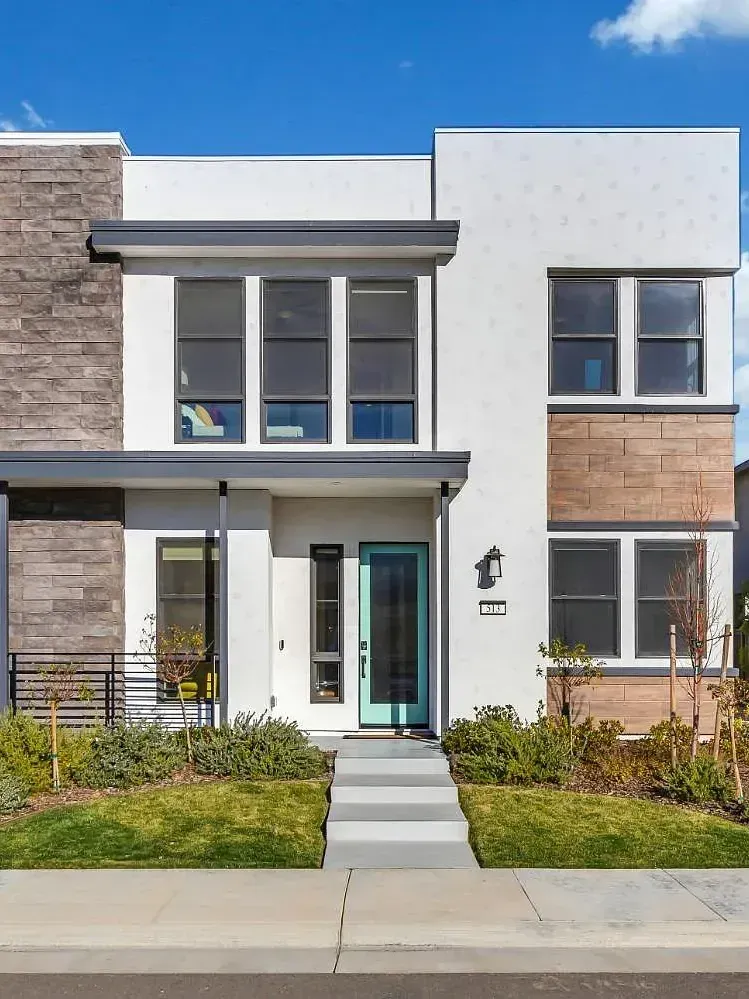
More About sacramento, California
Famous Residents of Rocklin:
- Associate Justice Anthony Kennedy, Member of the Supreme Court of the United States
- Sam Elliott, Actor
- Brie Larson, Academy Award Winning Actress
- Colin Hanks, Actor/Director
- Joan Didion, Author
- Thomas Kinkade, Painter
- Lisa Ling, TV Host/Journalist
- Dustin Lance Black, Academy Award Winning Director/Screenwriter
- John Lloyd Young, Tony Award Winning Actor/Singer and member of the President's Committee on the Arts and Humanities
- Charles Schwab, Businessman/Founder of the Charles Schwab Corporation
